THINK
Imitation and Symbolic Representation
Infants and toddlers are just beginning to develop and use these important skills
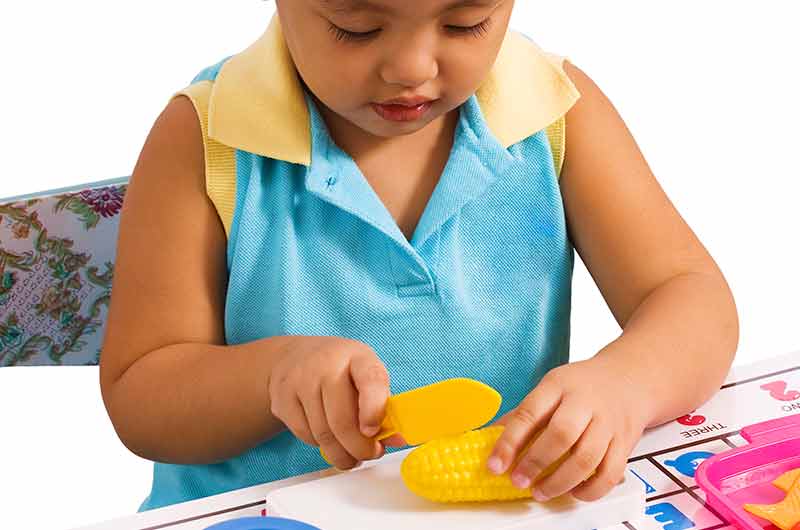
At A Glance
Young children learn about imitation and symbols through their interactions with adults and the world around them. First, they carefully observe your actions, such as reading a book. Then they begin imitating, by babbling or holding the book and turning the page, for example. Through these interactions, young children learn that pictures, words, and objects symbolize things in the real world. We can support young children’s development of imitation and symbolic representation by modeling and providing lots of opportunities to engage in early pretend play.What It Looks Like
A quick glance at ways you can help infants and toddlers develop imitation and symbolic representation skills
Participate in Play
Model Pretend Play
Provide examples for how to participate in pretend play. Notice how this educator models pretend actions with puppets, sounds, and gestures, such as imitating buzzing bees with hands.
Encourage Use of Props
Use objects that are replicas to get children involved in pretend play. Describe what children are saying and doing with these props to foster their play.
SUPPORTING THINKING SKILLS THROUGH BOOKS
Nosotros Means Us
Written and illustrated by Paloma Valdivia, this story features a mother and child who imagine transforming into different versions of themselves over time.
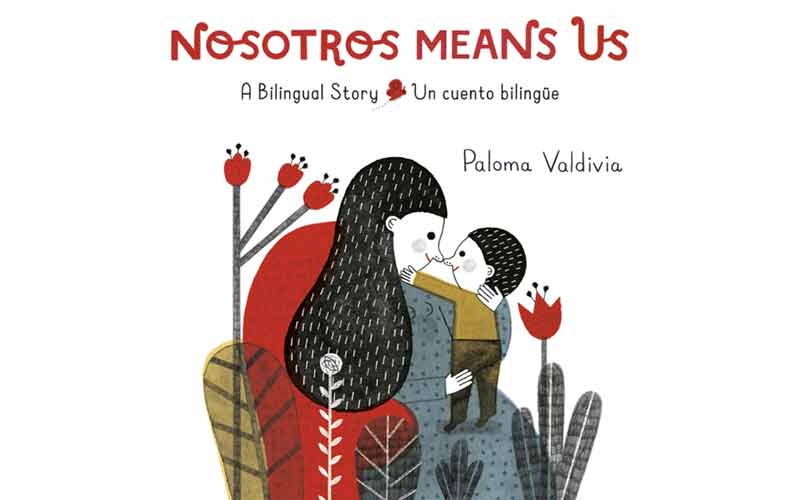
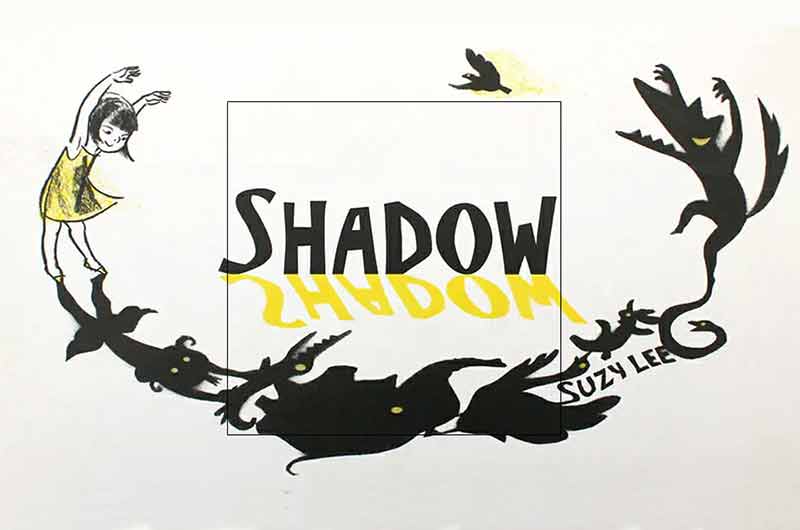
SUPPORTING THINKING SKILLS THROUGH BOOKS
Shadow
TRAUMA-INFORMED CARE
Coping Through Play
This guide from The LEGO Foundation explores strategies for supporting children as they process emotions and events through pretend play.
FAMILY CONNECTION
Connecting Experiences with Play
SUPPORTING PLAY
Culturally Rich Dramatic Play
Activity Cards for Infant and Toddler Classrooms
Part of the STREAMin3 curriculum, these activity cards provide simple and fun ways to promote imitation and symbolic representation skills
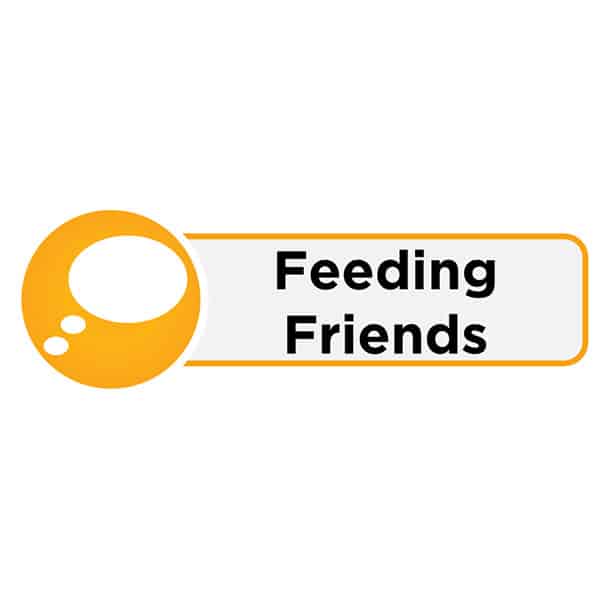

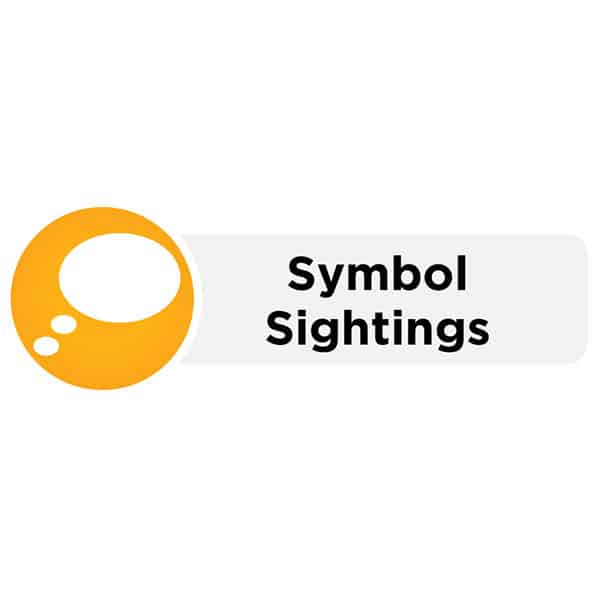
Symbol Sightings
Go on a symbols hunt by looking for signs or logos with shapes and letters.

Get Our Resource Guide
Includes questions and activities to guide your use of the videos, book suggestions, and activity cards featured for each of the Core Skills

